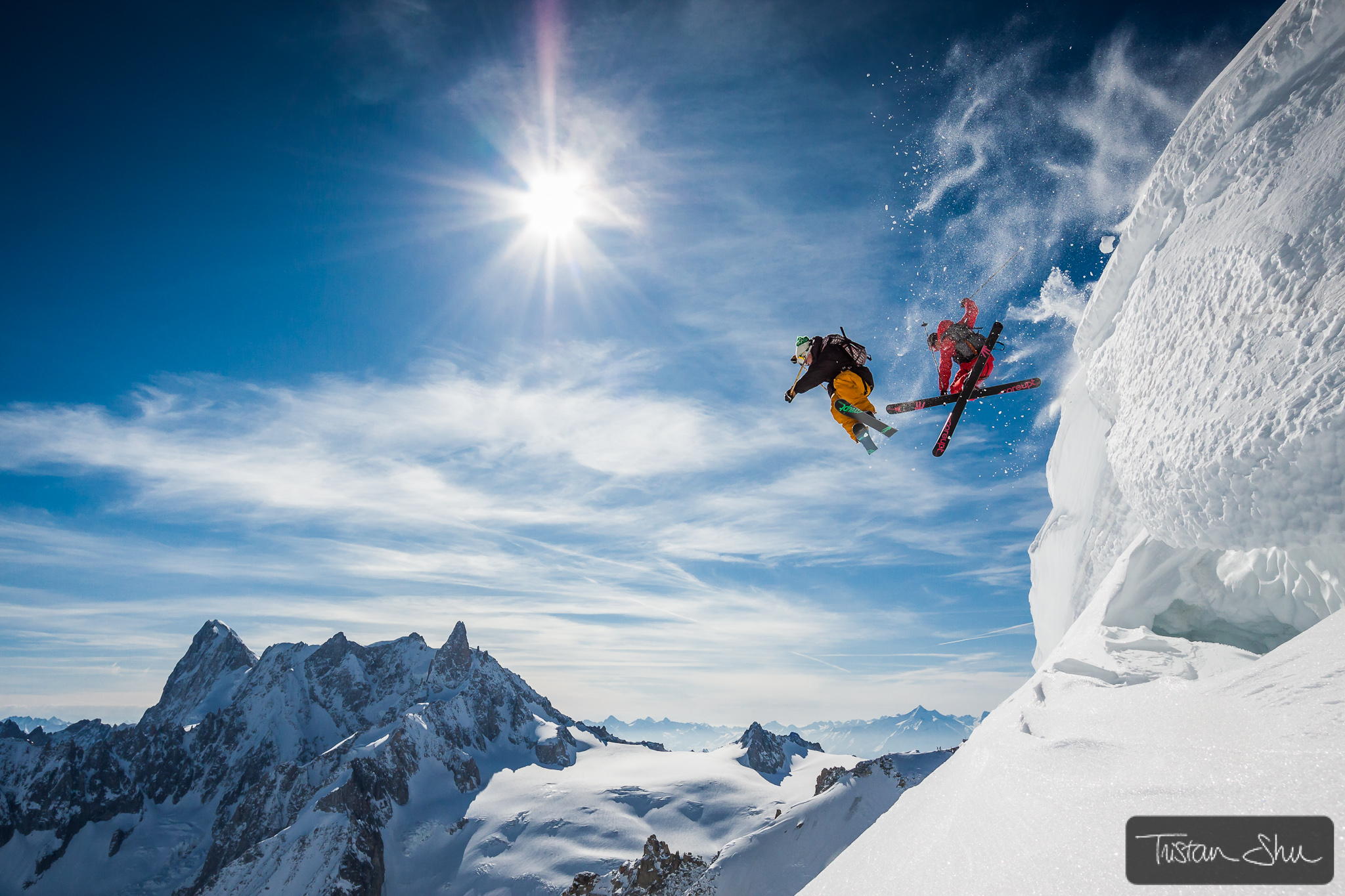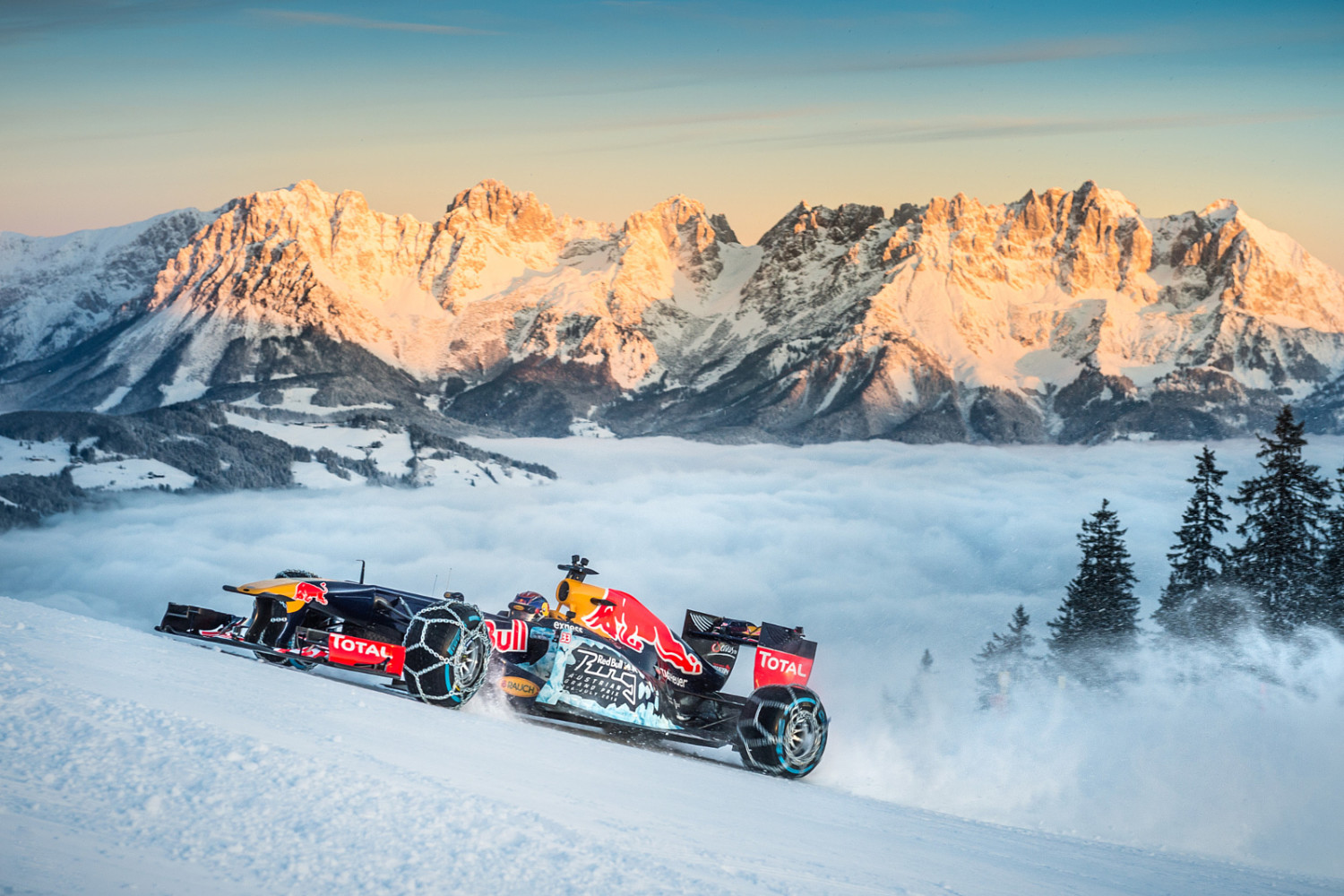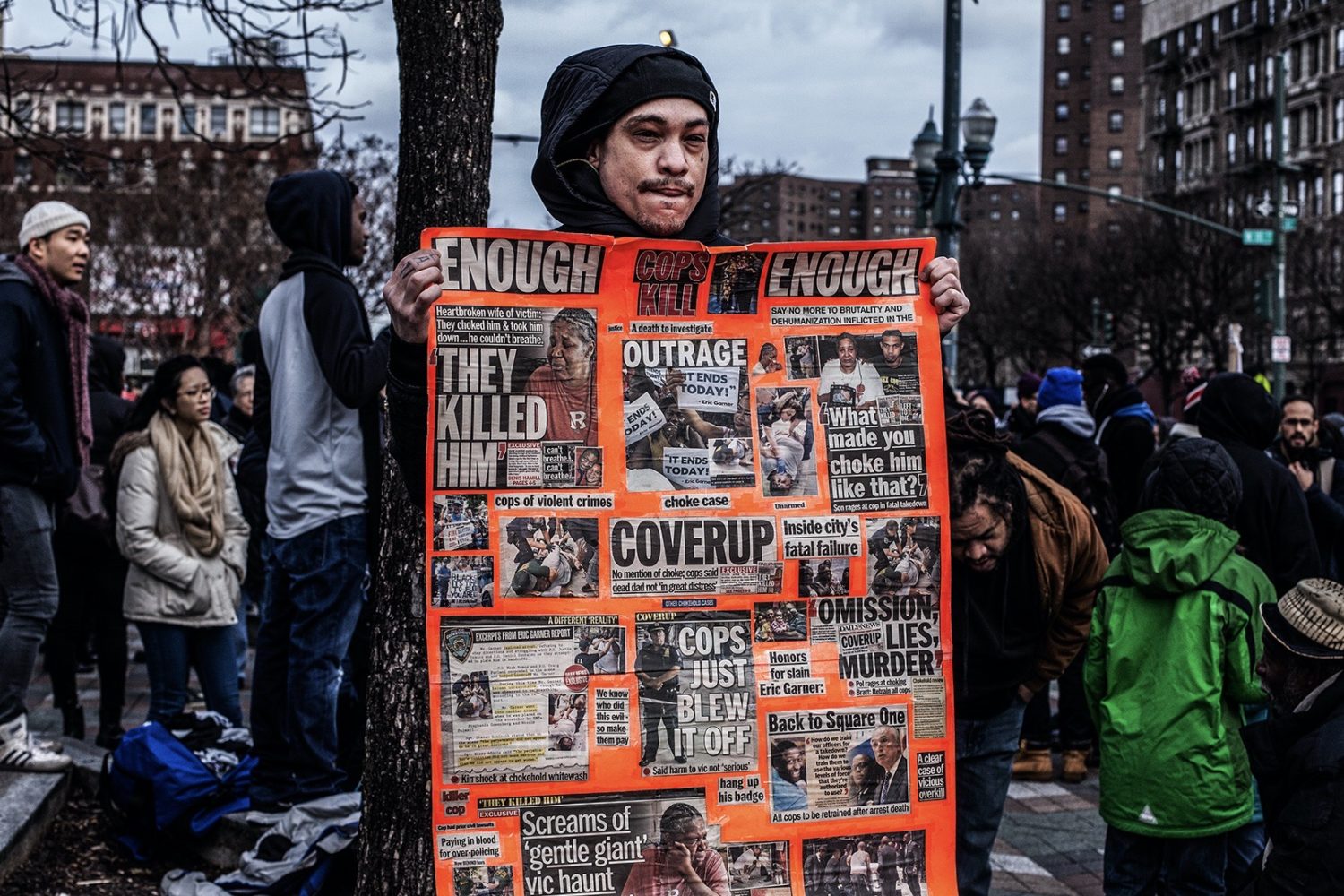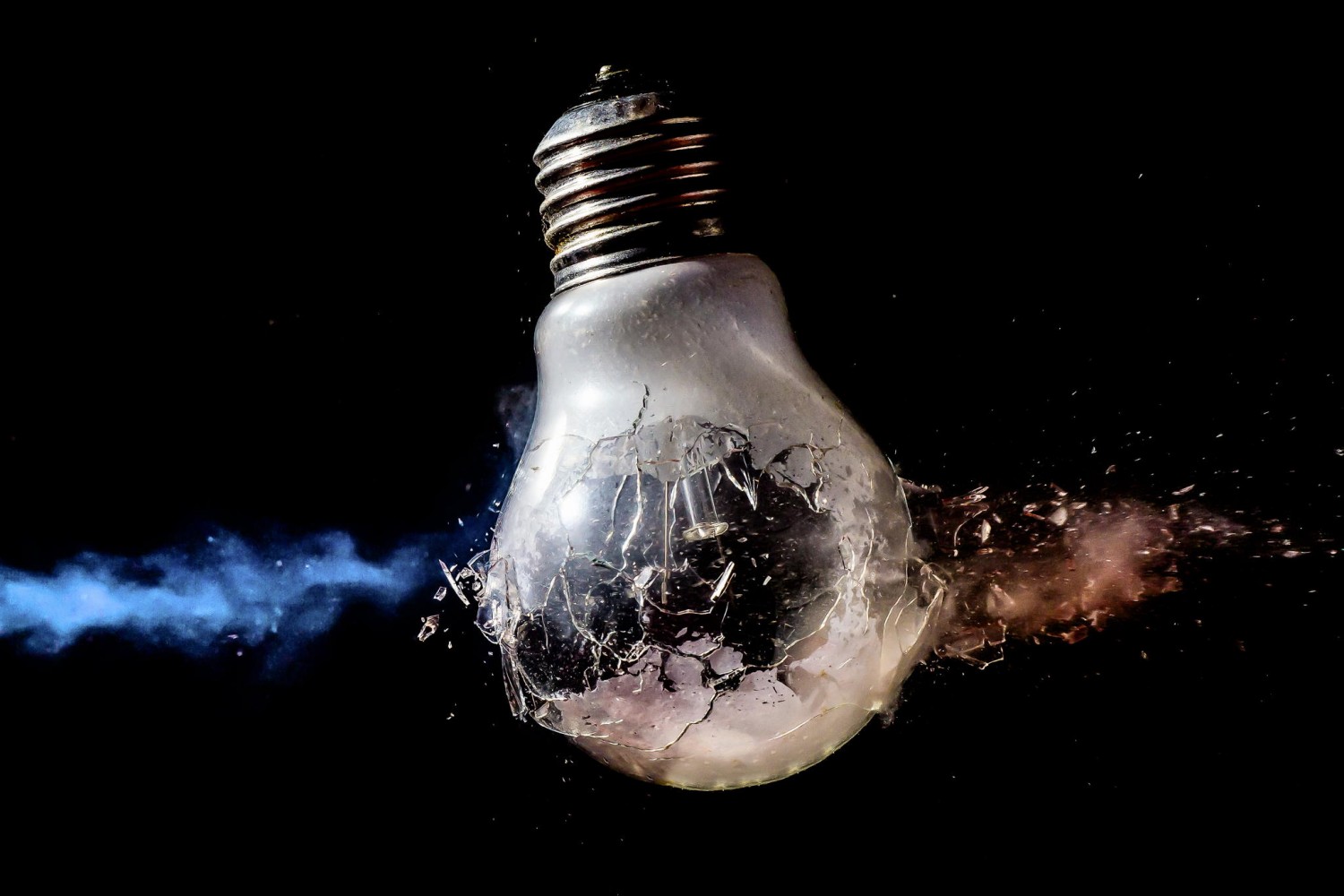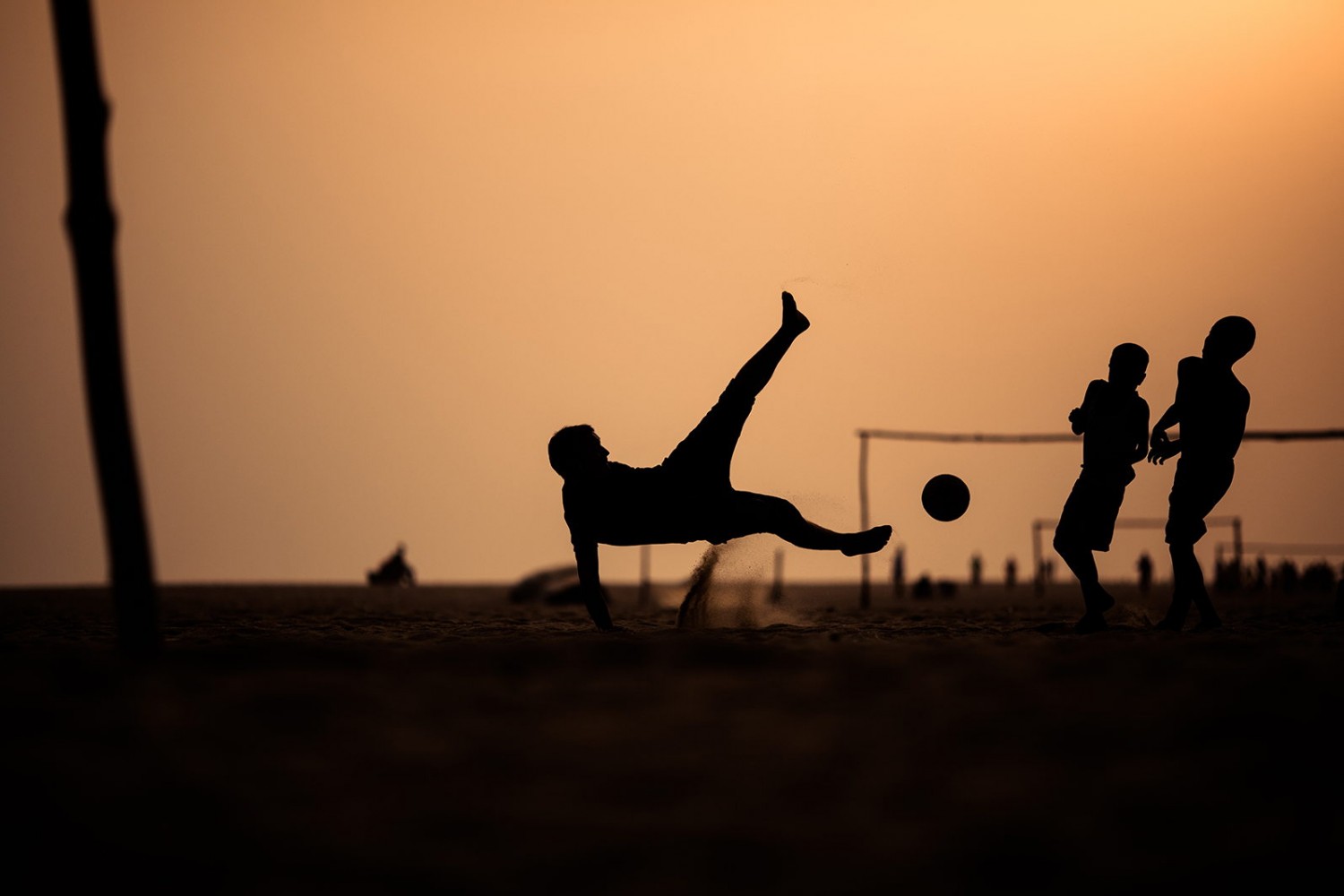Have you ever wondered what a day in the life of a professional photographer is like? Wonder no more! Every week, we ask a top-notch 500px photographer to document a day at work — be that in the field, in the studio, or both.
From colorblind landscape photographers to digital artists that craft their very own reality with a camera and Photoshop, they offer you an exclusive, behind-the-scenes look at their shooting schedule and techniques in the field.
This week, we’re going extreme. Never before have we told you about a day in the life of an adventure and extreme sports photographer, but that changes today as you join the one and only Tristan Shu on a paragliding trip.
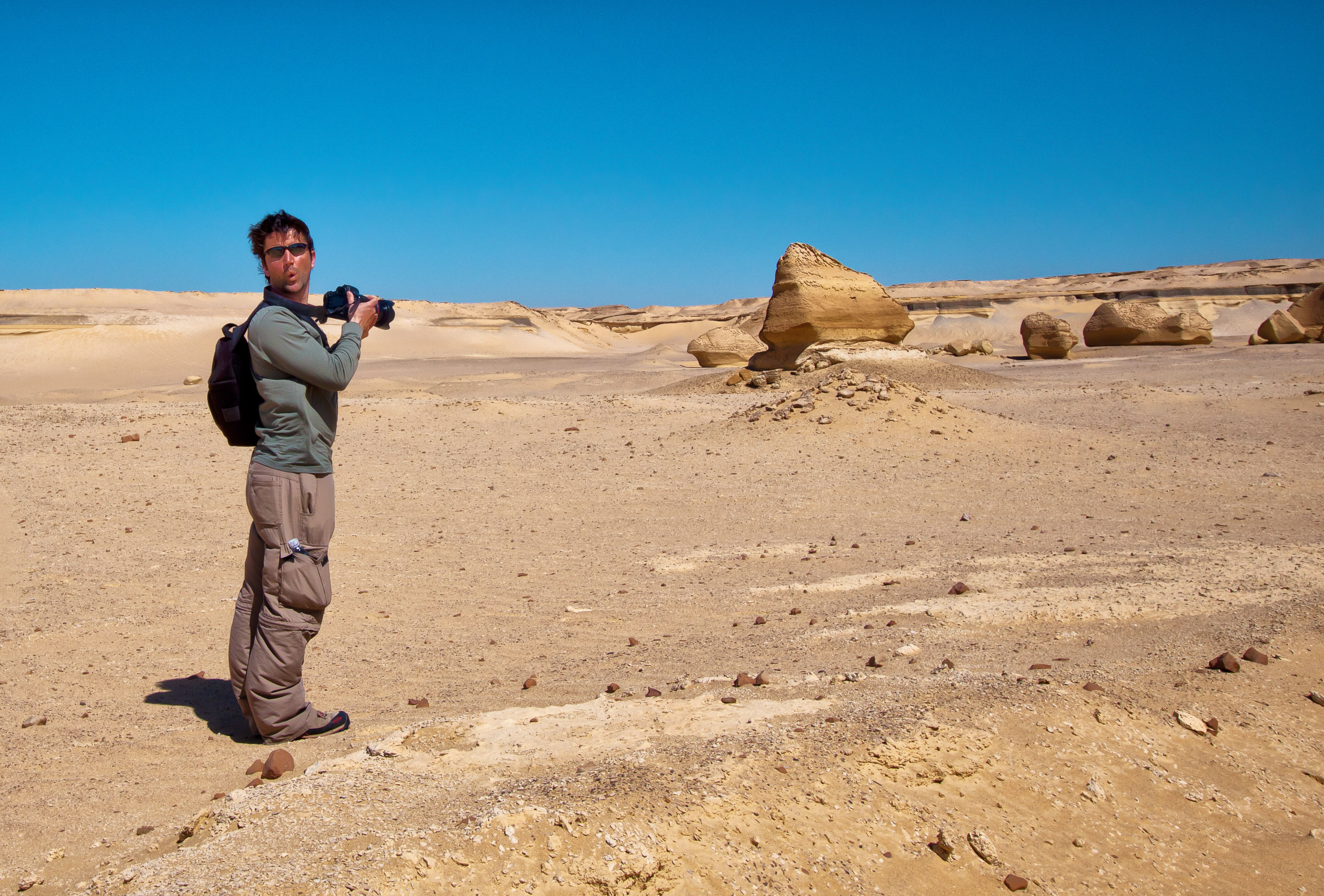
Despite what the image above might suggest, Tristan lives in the middle of the French alps in Annecy. He’s been shooting professionally for about a decade now, capturing everything from action and sports, to architecture and interiors, to lifestyle and landscapes.
“I love to be outdoors and I love the team work that goes on behind the creation of the pictures, with at minimum myself and the athlete I’m shooting,” he told 500px over email.
“For years, my recipe for creating great actions pictures has been very simple: the best possible composition, light and background to magnify and do the best possible justice to the athlete’s performance.”
Each shoot is, of course, different — especially when you’re shooting action/sports. But Tristan was still kind enough to walk us through one day in his crazy life. Hope you’re not afraid of heights… we’re going paragliding.
24 Hours with Tristan Shu
May 7th, 2013
7 A.M. Time to wake up. It’s a big day today: I’m driving 3 hours south of where I live to catch up with a great friend, paragliding pilot JB Chandelier. He told me he found a spot near where he lives where we could possibly stay in the air at sunset with our paragliders and capture some acrobatic maneuvers with flash.
I already did some shoots at sunset in the air with the flash, but it’s always been a very short flight because, at that time of the day, the thermals are gone and you can’s fly up (only down), so it doesn’t last very long. If what JB says is true, it will open up a lot of possibilities — I’m definitely very excited.
8 A.M. The boot of my car is now loaded with all of my toys, and I need a lot for this type of shoot. My camera bag with the bodies and lenses of course, my paraglide wing, all the clothes needed to achieve the task — it’s the beginning of July in the middle of summer and it’s fairly hot down in the valley, but high up in the sky it can get very cold, and we’re planning to fly for a while — the flash gear, and so on.
I did my packing last night… from experience, I know if I pack the same day, I’m very likely to forget one important piece of gear.
9 A.M. I’ve been driving for one hour, and my mind is racing with all the possibilities of the shoot. I like those times before shoots when I’m driving and I can take time to think. I listen to music the whole time while I’m driving, and also most of the time when I’m editing on the computer.
10 A.M. It’s been 2 hours of driving and I’m still thinking — identifying what can go wrong, and everything I technically need to be doing for it to work. I’m driving across the alps from north to south, and the view is just amazing.
11 A.M. Finally arrived after 3 hours of driving. I’m catching up with JB, and he’s as excited as me about the possibilities. We’re laughing and joking a lot, just happy to be together and have fun with this shoot.
The relationship with the athletes or the person I’m shooting with is very important: I need to talk and exchange with them regularly before and during the shoot. I also noticed that some of my best shots were captured with people who have a full understanding and comprehension of what we needed to do to get the shots — people who work with me to get the job done.
12 P.M. JB knows his area and mountains really well, and he knows we’ll get the best flying conditions about 40 minutes of extra driving away. So we grab some sandwiches and, after an extra drive, we’re now ready to take off, him and I, in our solo wings. We’ve got some time before sunset, and we might as well make the best of it.
1 P.M. We’ve been flying for one hour with good thermals. I’ve never flown at this spot, and it’s always nice to discover a new location. We snapped a few pictures as we’re covering some distance flying above the peaks, and the photos are ok, but it’s the middle of the day and the light is not the best. We both know what we’re looking for is tonight’s flight at sunset — this is more of a warm up.
2 P.M. We’ve landed now, and it definitely was some quality flying time. We’re checking the photos we got, and discussing our master organization plan for tonight. The conditions are good but strong and it’s not a given that it will work for later on. Also, the spot where we need to take off from is not an official take off, more of a secret spot, and we will need time to find it again.
On top of everything, we need a big team for the shoot to be successful tonight: 2 tandem wings of the same type to fly at the same speed, 2 skilled tandem pilots to fly me and the guy who will be operating the flash, and JB and a friend to be my flying models. Plus we need someone to drive us to the top in a big enough vehicle… loads of logistic to plan.
3 P.M. After a lot of phone calls to make sure all the people JB thought of will be available, we’re now driving to the house of a friend who will be our driver for tonight’s mission. Everybody starts to arrive at the house and we’re discussing the plan for tonight.
It turns out that we will have to take off hours before the sunset and wait in the air for the sun to go down, because the conditions are already quite strong and supposed to pick up again later. Everybody is now well aware of each other’s tasks and the possible problems we will encounter.
4 P.M. Between shooting yesterday, the driving this morning, and the mid-day flight under boiling sun, I’m wiped out. I feel a bit dizzy, tired, and I need a nap. Everybody else on the other hand is fully amped and gives me shit for a while until they realized that I seriously need some energy for tonight.
5 P.M. We’re starting to move now. The vibe changed, and even if there are still jokes going on, you can tell there is more pressure now. It’s not a given, the conditions are strong, and the shoot is a rather complicated one. Even finding the take off is not given — we’ve already hit 2 dead ends and are still looking for the right spot.
6 P.M. We’ve found the take off. The scenery is just amazing, and if we can take off we’ll get good shots, even if the flashes don’t work or trigger. But the conditions picked up again, and the wind is not exactly on the right axis. We’re starting to fear it won’t work.
After 20 minutes of waiting, the wind is now perfect. Game on. Nobody is joking anymore, we need to be on point for the complicated take off. We’re starting first with my tandem pilot. I’m not scared, my mind is thinking of all that we might be able to do, but you can definitely feel the tension.
Our launch is a success, as is the second tandem with the flash, quickly followed by the 2 other pilots with their solo wings. The 2 tandem pilots are now concentrated on climbing the thermals to get us above the mountain peaks. Meanwhile, I’m observing the area from above as we quickly get more than 2,000 meters of vertical drop under our feet.
I’m blown away by the scenery, and definitely fully amped. I’m looking at the backgrounds, the compositions, the light, the other pilots. These are the kinds of days I do this job for, and I’m trying very hard to enjoy every second of it.
7 P.M. We’ve been flying for 40 minutes now, and already we’ve snapped some great pictures. The flash is triggering very well under the second tandem, but there is still way too much light for it to show in the pictures, so we decided we won’t use it for another hour or so.
Everybody’s excitement is high. The pilots know exactly where to position themselves now, and we’re just kinda waiting for the right light, playing with the thermals and the wind to keep all of us on top. A few planes have flown by, probably surprised to see paragliders so high up in the middle of nowhere.
We’re getting colder, and the guy in charge of the flash under the other tandem seems to feel not too well. We’re all amazed to be there at this time of the day, but flying for so long in such strong wind and conditions eats a lot of our energy.
8 P.M. It’s sunset time, and the flash is finally having an effect. The moment we’ve been waiting for all day, but our energy levels are definitely not at their peak, and the conditions have gotten trickier. We’re not as high as we used to be before, even if we’re still very high. One of our flashmen got sick, but managed to summon all the energy he had left to perform his tasks.
I know I’m getting incredible stuff, things I’ve been dreaming of for years now — JB was right and his spot definitely works at sunset — I’m just too cold and tired to fully realize it yet.
I’m so excited that I keep yelling at the other pilots, forgetting the inconvenience that my radio died 40 minutes ago. We’ve been flashing for almost half an hour, incredible, the longest I could do before around sunset was 3 minutes because of the short down flight at this time of the day. We’re much lower now in the valley, even if we’re still very high up in the sky, and we start to realize that the wind is picking up again. We can’t move forward anymore, we’re slightly being pushed backwards.
After the excitement of the shoot, we’re now realizing that the landing could be a bit of a problem due to the stronger winds. The last 5 minutes of the flight before landing we’re not talking anymore, just hoping that we’ll be all right.
Then comes the landing, and it’s definitely not a smooth one — we’re getting dragged for a few meters, I’m holding my camera high up to prevent any damage. The second tandem also has a bit of a rough landing and the flash got dragged on the floor for a few meters. It’s a tough piece of kit though, and nothing is broken. More importantly, everybody’s all right. We’re lucky we had such skilled tandem pilots.
My pilot is so drained he just lays on the ground though for the next 5 minutes. So is the flashman, who explain us now that he was feeling really sick and gathered all the energy and mind he had left to make sure the shoot wouldn’t fail on his account. The tension starts to go away now, and we’re all very stoked on what just happened.
9 P.M. We’ve been on the ground for 20 minutes, and we’re still talking, joking, and slowly packing our things. It’s almost dark now, and it’s getting hard to see. The energy levels are low, but the excitement and the joy are very high.
10 P.M. We’ve been striving to find a place to eat. The valley we’re in is remote, and everything is closing early. We finally find an open restaurant, and we spend the whole meal talking about the flight — what worked, what didn’t, how beautiful it was up there.
11 P.M. After saying good bye to everyone, we’re driving back with JB Chandelier to his place, 30 minutes away. We’re both very tired, but have huge smiles plastered across our faces. Our crazy idea worked! And JB gathered the perfect team of motivated people for its execution — so many things could have gone wrong but at the end it all worked.
12 P.M. Time to go to bed now. We had a very quick look at some of the photos behind the camera, and it looks like it worked, but we’re too tired to go through the whole shoot.
1 A.M. We’re sleeping in the same room with JB, and even though it’s pitch black and we’re physically wasted, our minds are still racing… so we keep chatting.
2 A.M. I’m not too sure when I finally fell asleep, but I remember agreeing with Jean Baptiste that these days are definitely why we’re doing the job we’re doing — me as a photographer, him a professional pilot and filmmaker.
We hope this trip in Tristan’s shoes has helped give you some perspective on what an action/sports photographer does on a typical shooting day. It’s physically demanding, adrenaline spiking, and incredibly exciting.
To see more of Tristan’s work, be sure to visit him at his website, or follow him on 500px, 1x, Facebook, Google+ or Twitter. And don’t forget to check back in next week for another installment of A Day in the Life featuring a different 500px photographer.

